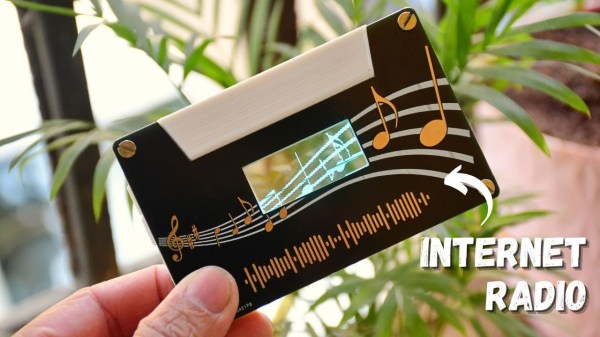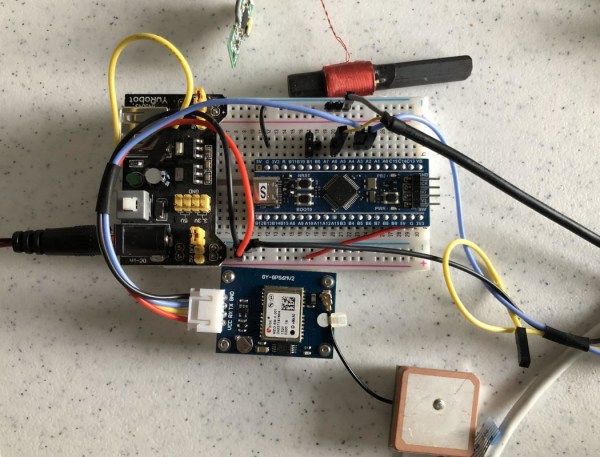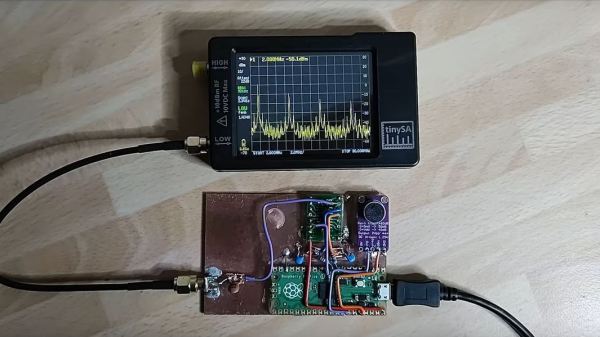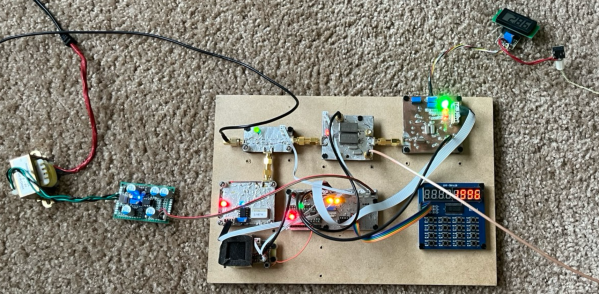You can listen to plenty of broadcast radio these days. There’s a lot of choice too, with stations on AM, FM, and digital broadcasts to boot. However, if you want the broadest possible choice, you want an internet radio. If that’s your bag, why not build a fun one like [indoorgeek’s] latest design?
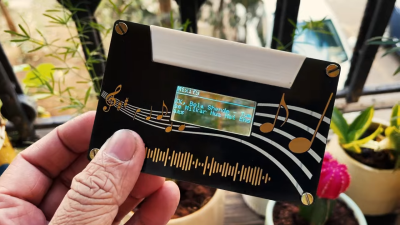 The build is based around a PCB and 3D-printed components that roughly ape the design of a cassette tape. It even replicates the typical center window of a cassette tape by using a transparent OLED screen, which displays the user interface. In a neat way, the graphics on the display are designed to line up with those on the PCB, which looks excellent.
The build is based around a PCB and 3D-printed components that roughly ape the design of a cassette tape. It even replicates the typical center window of a cassette tape by using a transparent OLED screen, which displays the user interface. In a neat way, the graphics on the display are designed to line up with those on the PCB, which looks excellent.
An ESP32 is the heart of the operation, which is responsible for streaming audio over the Internet via its WiFi connection. It’s powered by a small lithium-polymer battery, and hooked up with a MAX98357 Class D amplifier driven via the chip’s I2S hardware. Audio is played out over a small speaker salvaged from an old smartphone.
While it’s obviously possible to play whatever you like on a smartphone these days, sometimes it’s fun to have simple devices that just do a single job. Plus, we can’t deny this project looks really neat. Video after the break.
Continue reading “Internet Radio Built In Charming Cassette-Like Form Factor”

